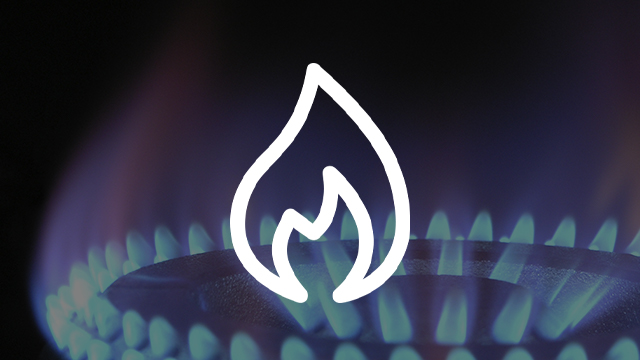- Introduction
-
Getting Started
- Gas Coursework
-
Nodes 0 hr 5 min
-
Gas Demand 0 hr 10 min
-
Weather Stations 0 hr 4 min
-
Gas Contracts 0 hr 7 min
-
Gas Storage 0 hr 7 min
-
Gas Storage Field Exercise 0 hr 17 min
-
Gas Pipelines 0 hr 6 min
-
Zones 0 hr 2 min
-
Gas Fields 0 hr 6 min
-
Cost Curve Exercise 0 hr 19 min
-
Gas Plants 0 hr 4 min
-
Gas DSM Strategy 0 hr 5 min
-
Capacity Release 0 hr 7 min
-
LNG Overview 0 hr 6 min
-
Gas Transport 0 hr 4 min
-
LNG Exercise 0 hr 7 min
- Next Steps
-
What's Next?
-
Course Survey

PLEXOS Gas Fundamentals
Short Videos to get you started with PLEXOS Gas
This fundamentals course is meant to be your starting point for learning about PLEXOS Gas.
Here are the basic learning objectives of each lesson contained in this course.
Gas Nodes: Explain the purpose of Gas Nodes, representing physical locations and logical interconnects defining relationships across objects within the gas network. Define memberships at nodes, including pipeline recept and delivery points; gas fields; contracts; pipelines; transportation; storage; demands, markets; generators. Define properties available at nodes, including flow constraints. Understand reporting and output available for Nodes, including flow; costs, citygate calculations.
Gas Demand: Describe the two basic methods to entering demand data into PLEXOS. Define each of the components that make up Usage Factors
a. Base Demand
b. Heat Demand
c. Heat Point
d. Customer Count
Weather Stations: Explain what a weather station represents and the type of data that can be included with the weather station. Demonstrate the membership of the weather station and show how PLEXOS uses this weather data to project demand. Show how scenarios can be used with weather stations to model various demand futures.
Gas Contracts: Comprehend the function of gas contracts as sources of supply. Assign memberships for Contracts. Select contract types to accurately model baseload, swing and ToP. Define contract parameters including costs, entitlements / constraints and price / basis modeling. Understand Contract output and reports.
Gas Storages: Understand the purpose of Gas storage. The different Gas storage settings (eg., Recycle, End affect).
Gas Pipelines: Know the purpose of Gas pipelines, representing physical locations and logical interconnects defining relationships across objects within the gas network. Define memberships at pipelines, including pipeline receipt and delivery points. Define properties available at pipelines, including flow constraints. Understand reporting and output available for pipelines, including flow; costs and others.
Gas Fields: Know the purpose of Gas Field. Operational properties of Gas field and the different Gas Field settings (eg., Recycle, End affect). Review how to create cost curve for production cost with production volume.
Gas Plants: To understand the operational properties in processing gas and to define expansion planning properties.
Gas DSM Programs: Introduce the basic concepts and uses of Demand Side Management in PLEXOS. Explain each of the key inputs for setting up a DSM plan in PLEXOS. Discuss the basic types of studies that can be done using DSM.
Gas Capacity Release: Discuss function of capacity release, as a means to optimize excess capacity for pipelines and storage objects. Define capacity release parameters including deal type, release range, release horizon, and revenue potential. Understand capacity release results and reports.
LNG: To understand the basics of LNG and the supply chain from liquefaction to shipping to regasification. Review how gas model classes can be used to model LNG
Gas Transport: Understand the use of the Gas Transport class in modelling contract and spot market LNG shipments
